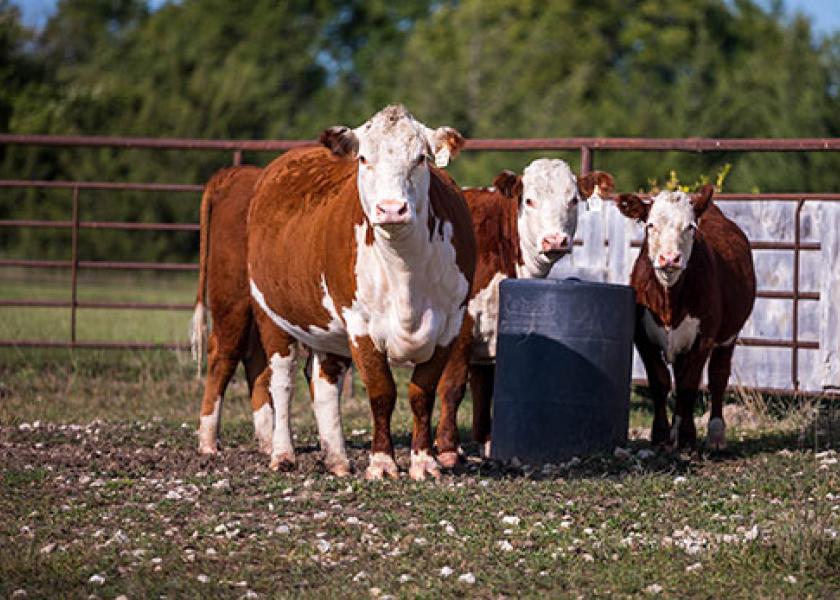Prepare Your Water Systems For Winter

There is nothing like a refreshing drink of water to hydrate one’s body, but what happens when the only available water is frozen?
As beef producers manage the herd in dropping temperatures this winter, Kansas State University Beef Cattle Institute experts stress that now is the time to make sure the watering systems are set up for full time access to clean, drinkable water.
“Cattle will typically drink about 1 gallon of water per day for every 100 pounds of weight they maintain,” said veterinarian and BCI director Brad White on a recent Cattle Chat podcast.
Veterinarian Bob Larson added that lactating cows will consume more water than dry cows.
“Water is the most important nutrient for overall cattle health and production,” Larson said. He added that it is important for cattle to have access to clean water at all times.
The experts said now is the time to consider the size of the tank needed to keep the water flowing ice free this winter. For some, that may mean investing in frost-free watering systems.
“Investing in a freezeproof waterer can be expensive but the savings in time and labor of breaking ice may be well worth it,” White said. “The cattle’s consumption of water will also increase if the water is free flowing at all times.”
Even with frost free systems, the veterinarians agreed that cattle producers need to clean them periodically.
“Cattle waterers can get hay debris and other saliva and dirt in them throughout the winter, so be sure to clean them often,” White said.
And if cattle are drinking water from a well, White advised having the water tested periodically to make sure it is safe.
To hear the full discussion on winter water resources, listen to the BCI Cattle Chat podcast.







